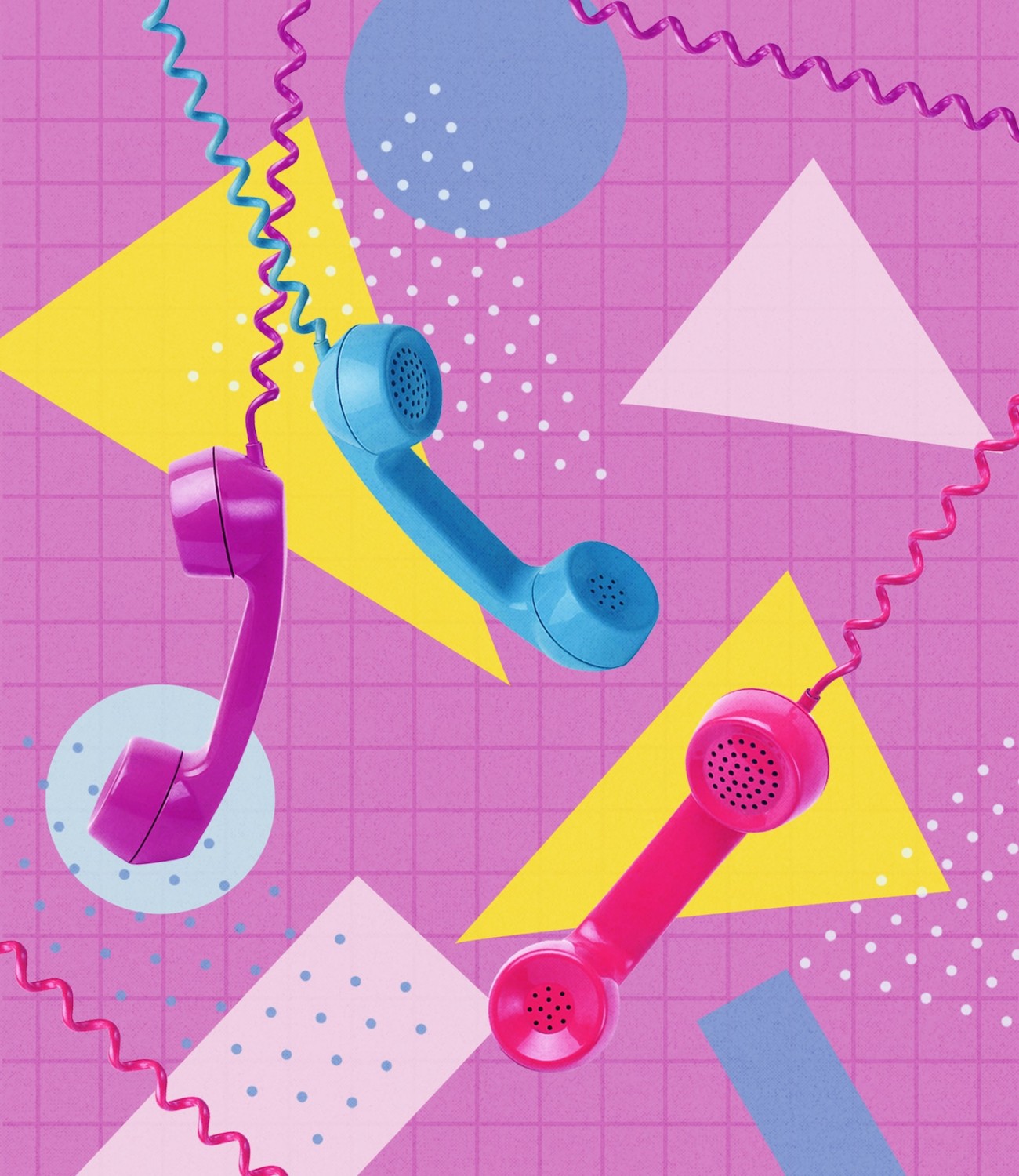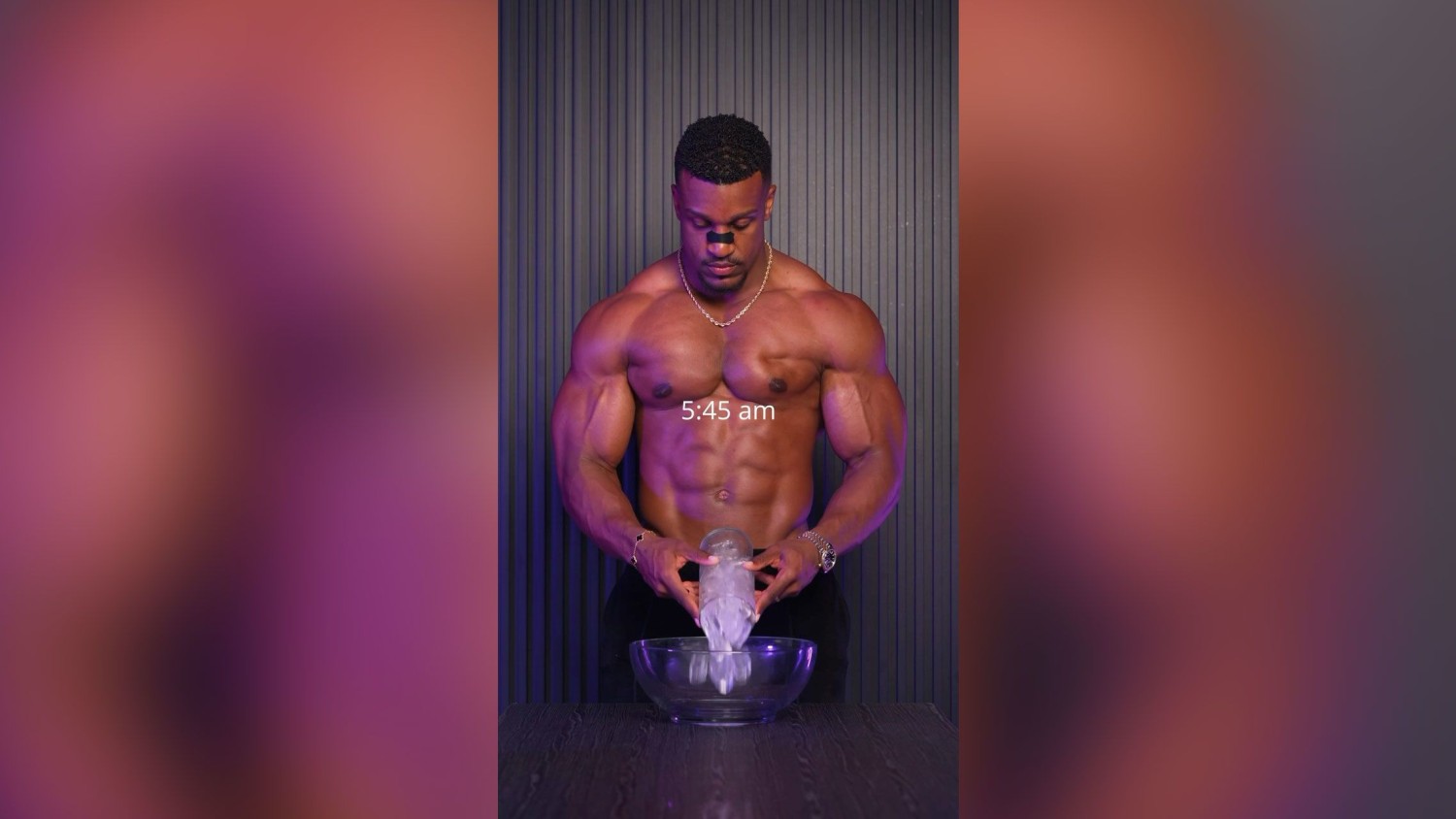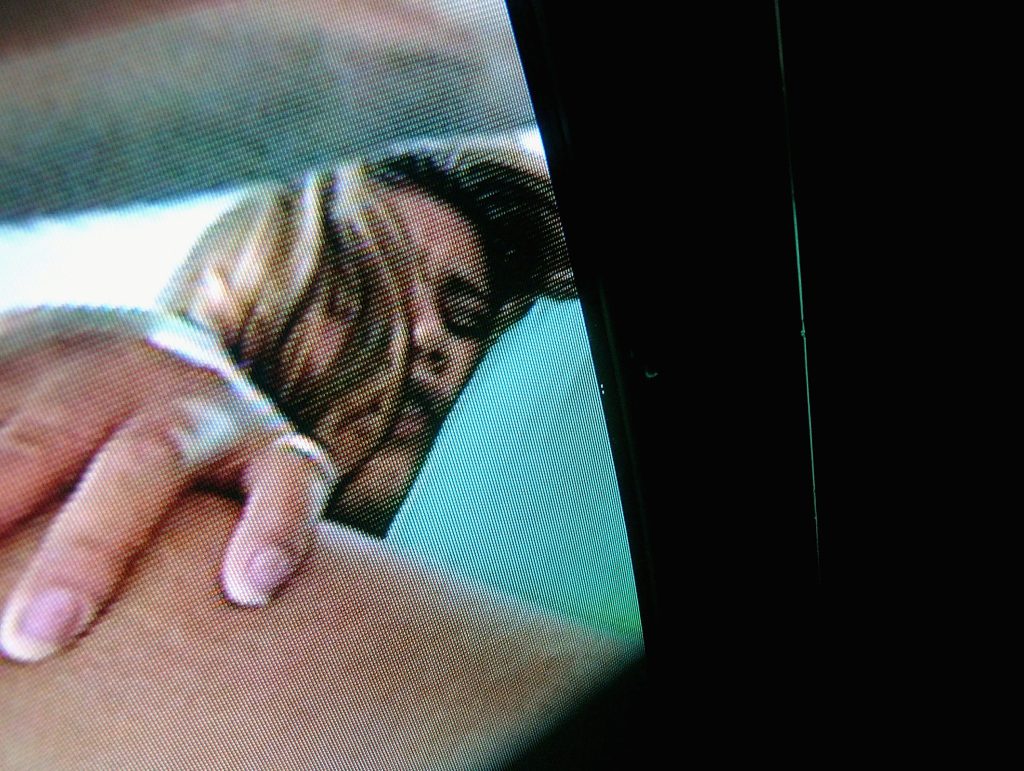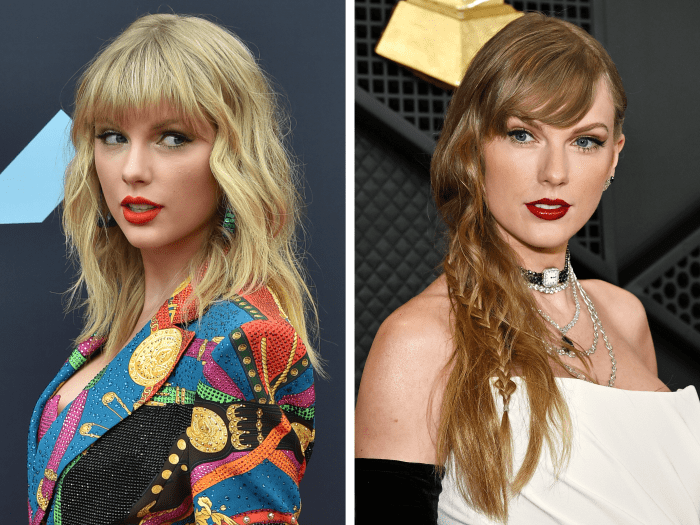During my teens, I hated my skin. Puberty made zits and oily skin inevitable. But as I got older, my pimples faded, my skin was always smooth, and my face never turned pink and splotchy in the sun. With minimal effort – a gentle wash most nights, moisturizer with SPF most days – my face stayed clear, moist and an even golden brown.
“It’s because I’m Asian,” I’d say jokingly when people complimented me. At 35, at 40, my skin continued to glow. It was the one physical feature people regularly gave me positive, unsolicited feedback on, and I felt smug.
But these days my skin feels anything but dewy and smooth. Four years of perimenopause have brought uneven pigmentation and dry skin. Pores, freckles and wrinkles rise like mountains on the topographical map of my face. During hot summers when I spend much of my time outside and sweating, a harmless fungal infection – tinea versicolor, caused by an overgrowth of yeast – causes white patches to bloom over my cheeks and forehead.
This summer, I went on a camping road trip with my family: coated in sunscreen during the day, sprayed down with potent insect repellent in the late afternoons, not showering or bathing, and lying in an unwashed sleeping bag on the ground at night. It was filthy, glorious fun. And it absolutely exacerbated all my skin issues.
It’s challenging to witness a favorite aspect of my appearance morph into something I find unattractive. I am trying to love and accept my body, but goddamnit, I want the youthful-looking skin I’ve grown accustomed to – and the compliments that accompany it!
In the last two years I have spent close to $1,000 on skincare products: an exfoliating rice polish, an anti-ageing facial oil called Prevent, two different tinted SPF lotions, an ultra-thick night cream, a “resurfacing” night serum, and a “skin serum” body wash which promises to nurture my natural microbiome and hydrate my desiccated flesh. I massage my neck and face with a jade gua sha tool a few mornings a week in the hopes of de-puffing my face, draining my lymph nodes or sculpting my cheeks and jawline.
Around the same time I started my purchasing spree, I began seeing the stylist Stacy London, who I’d spent hundreds of hours watching on What Not to Wear, all over my Instagram feed. She was talking about midlife and menopause – and recommending products to buy. (London was CEO of State of Menopause, a wellness company that no longer sells merchandise.)
In 2022 the Cut reported that “the business of menopause is projected to be a $600bn market by 2025”.
I am actively involved in consumerism, triggered by my insecurities
“Gen X is not interested in being middle-aged,” London told the Cut. “We have Botox, we have fillers, we go to the gym, we walk 10,000 steps, we’re going to live to be 90, so we are not making middle age a thing. We’re going to just extend our youth span.”
I bristled at London’s words – but I have to face facts. I tell myself I am not trying to “extend my youth span”, but what is it exactly that I am doing when I buy these items?
I’ve now noticed a glut of menopause products, advertisements and even menopausal celebrities. Weeks after seeing a television commercial for the Clearblue Menopause Stage Indicator Test – a series of pee-on-a-stick pregnancy tests, but for menopause – I saw one at my local drug store and impulse-purchased it. Friends began texting me about Naomi Watts and the “Vag of Honor” lubricant sold through Stripes, her brand of “science-backed” beauty products and supplements “using natural sustainable ingredients”.
There is a very real tension between the biological needs we have as we age and the cynical eagerness of the market to sell us piles of stuff. Sometimes I am certain I can feel these forces chafing against each other in my brain and body, grinding me down to dusty bits. When many doctors remain under-informed about how best to care for perimenopausal patients, it’s easy to see why. I know I need more information and support, but in the meantime it only takes two clicks to have the promise of facial plumpness.
It’s easy to say, as I often do, that it’s capitalism at work. Yet I am actively involved in consumerism, triggered by my insecurities.
I try my best to approach menopause as a life transition similar to puberty. It’s an awkward phase for sure – an abundance of fluids, surprisingly tender bits, new soft protrusions, a dermatological mess – but one preparing me for the years of life to come. These are normal body transitions, not medical problems that require “fixing”.
I hate that it feels contradictory to want to age “naturally” while also wanting to feel positive about my appearance. I was taught that vanity is bad, that I shouldn’t spend time focusing on how I look. My self-esteem is rooted in my internal sense of self, knowing that I am enough exactly as I am – and no serum can give me that. But does it need to preclude feeling attractive, even occasionally hot?
I spent the better part of my life feeling low-key bad to punishingly terrible about my body. At this point I can afford, both emotionally and financially, to indulge and invest in how I look. I can buy some products without losing my inherent sense of self or a hold on my values. But every time I look in the mirror, I’m aware that it’s a fine line.






